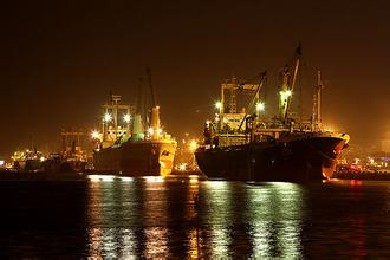Conservative British Prime Minister Margaret Thatcher famously declared on many occasions that "there is no alternative" to economic liberalism and free trade. This popular slogan, referred to by the acronym "TINA," has persisted beyond Thatcher's own time in office, which ended in 1990, and has become a widely accepted wisdom.
Given the overall popularity of free trade among political parties and economic elites, as well as huge swaths of the general population in the North and the South, Thatcher's TINA might seem to have been quite prophetic, if over-confident or even downright arrogant. A closer examination, however, reveals that TINA was built on shaky foundations.
First, alternatives to free trade existed in Thatcher's time and continued to persist long after she was gone. If this had not been the case, Thatcher would not have put so much effort into promoting TINA in the first place, aggressively pushing policies of economic liberalization and privatization, while carrying out public spending cuts and attacking the rights of organized labour.
Second, despite a certain official consensus among the majority of politicians and policy makers over the benefits of free trade, real world trade does not look much like free trade. While governments have agreed to reductions in tariff barriers over the past two decades, they have also increased the number of non-tariff barriers to trade.
Real world trade continues to be dominated by a complex mixture of protective barriers, subsidies, trade embargoes, trade wars, selective liberalizations, unequal trade agreements, and power politics that in no way resembles the models of free trade economics.
Third, TINA assumes that all attempts to conduct trade in a manner at odds with "free trade" have been total failures. The superiority of free trade is generally assumed or revealed through complex mathematical models. The real history of world trade, and trade alternatives, is often overlooked, smothered by TINA with little sober reflection.









